1.3 Terminating Cables
Basics
Creating new cables is a skill most network technicians will utilize throughout their careers. The process is pretty straight forward, but you do have to be sure you terminate the cables and organize any wires correctly.
Terms to Know
You should know the following terms:
- Cable stripper
- Clippers
- Ferrule
- Fiber optic cable connector types
- Return loss
- RJ45 or RJ48 end cap
- T568A and T568B cable terminations
- Wire crimper
Information
The ANSI standards identify the order the colored wires should be connected to the pins in an end cap. RJ45 is a common end cap many schools use. You use one of two types of termination types shown here in these images: T568A or T568B. The colored wires in the terminated cable must follow these patterns exactly.
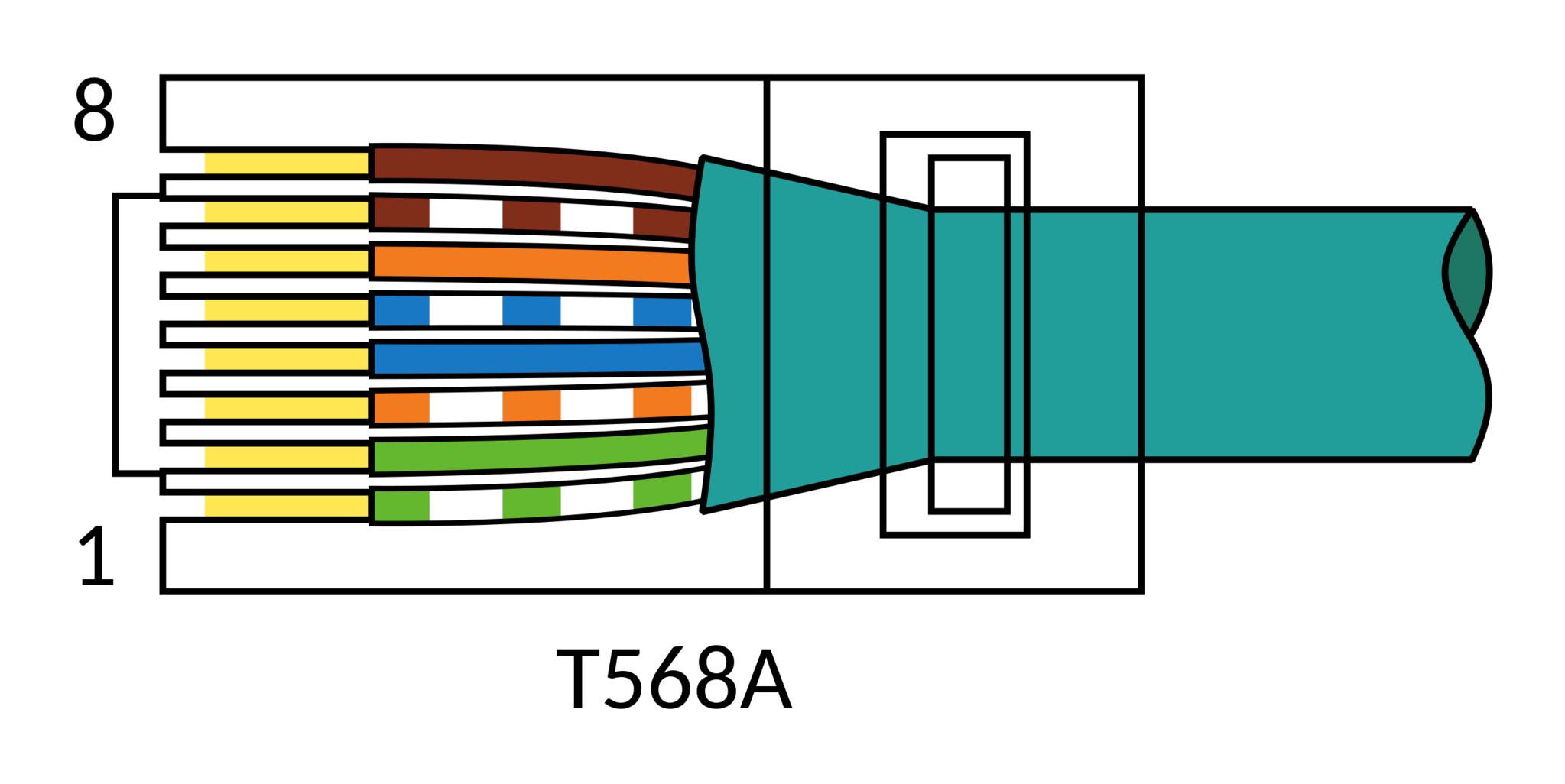
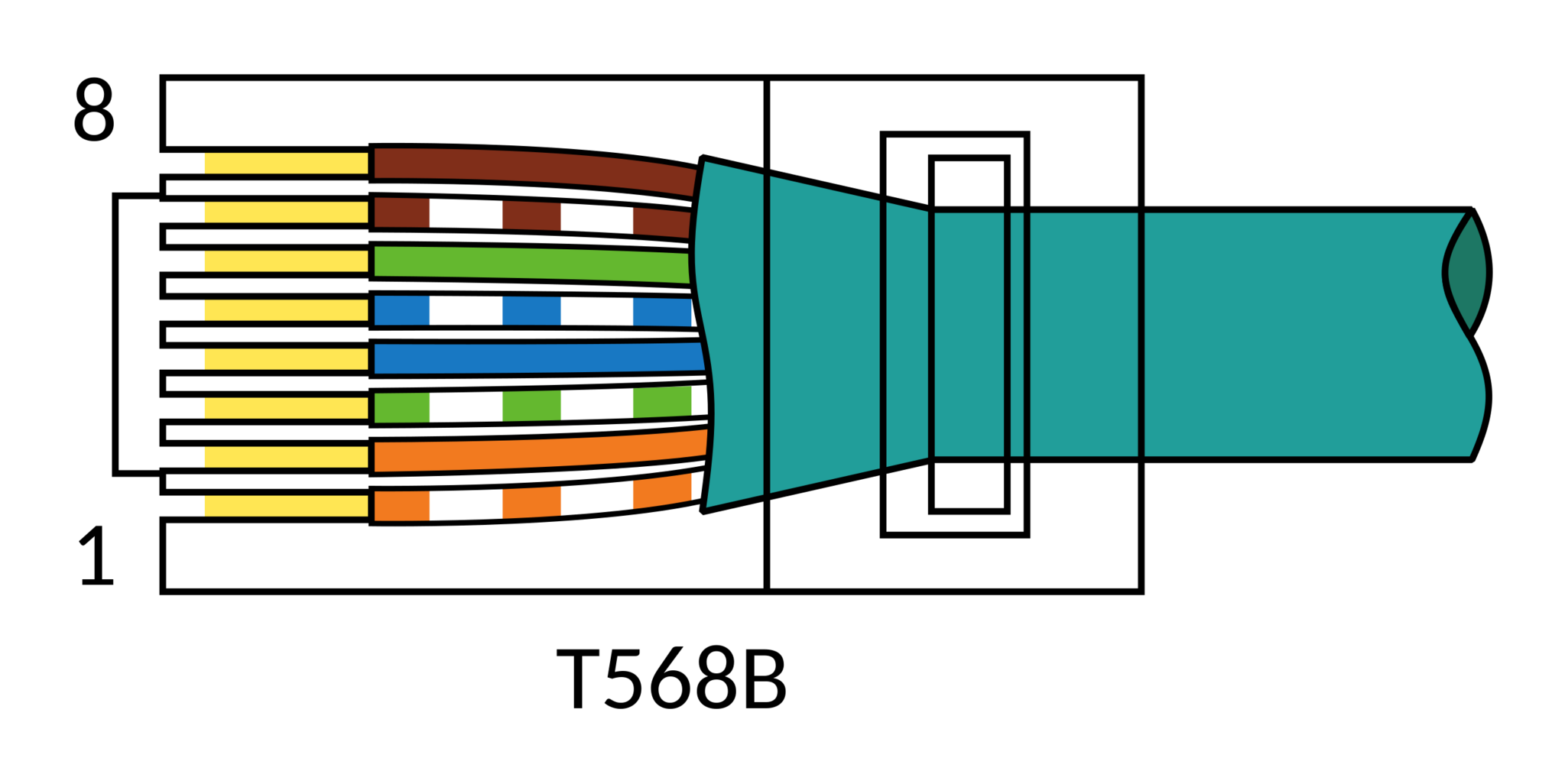
Fiber Optic Cable Connectors
There are a wide range of fiber optic cable connectors that you may find terminating fiber optic cables in your infrastructure. Digital telephone service, Community Antenna TV (CATV), some public utility networks, security systems, and even parts of your LAN may incorporate fiber optic cabling.
There are some similar components across connectors. The end piece is a ferrule that holds the end of the fiber optic cables together so they can be connected to a device or another cable. How they connect can vary, however, depending on the type of ferrule. Some plug in, others screw together, and some snap together, among other connection types.
As you probably know, fiber optic cables transmit data using light. One issue with transmitting light is that it can reflect back when it hits a surface. Return loss is a degradation of data transfer that happens when light is reflected back to the source through the cable it was transmitted through. The type of ferrule used to terminate cables can reduce return loss. Some connectors will have a small eight degree angled tip on the end that prevents light from being reflected back into the cable it came from. In addition, it’s important to make sure you thoroughly clean fiber optic connectors before connecting them and be careful about broken pieces of fiber that can compound return loss down the line.
 | Ferrule Connectors (FC) have a threaded body designed for use in high-vibration environments, such as transmitting video. Now being replaced by SC and LC Connectors |
 | Lucent Connectors (LC) are small-form connectors that work well for multimode transceivers and single-mode cables. |
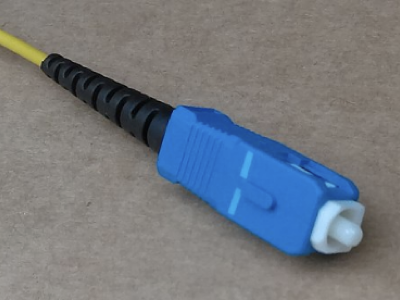 | Straight-tip Connectors (SC) that snap into place have replaced many older ST connectors. |
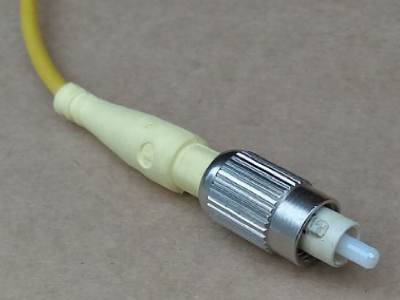 | Straight-Tip Connectors (ST) were once a very common type of fiber optic termination but many have been replaced by SC Connectors. They may be a lower cost option due to their age. |
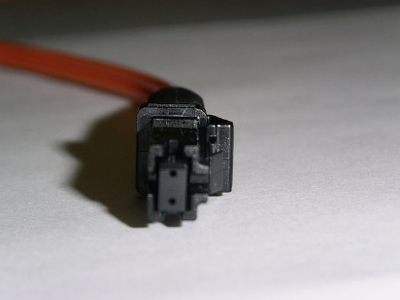 | The Mechanical Transfer Registered Jack (MT-RJ) is popular due to its very small size. |
Additional Resources
Here are additional resources you may find useful:
- UniFi: Beginner’s Guide to Network Cabling | Part 1 - Cable Types & Termination (8:00) provides clear explanations and examples of different types of cables. The host, Sean Croghan, also demonstrates how to terminate cables with an RJ45 end cap at 4:39 in the video.
- For information on additional connectors including coaxial, or fiber optic connectors, check out Network Connectors Explained from PowerCert Animations.
- Professor Messer provides helpful information for those seeking to prepare for industry certification exams, including networking exams. For more information on fiber optic cables, review these articles from Professor Messer and/or watch the accompanying videos: Optical Fiber and Network Connectors.
Task/Self-Assessment
Complete the following task or self-assessment:
Earlier you investigated whether your cabling infrastructure relies predominantly on 568A or 568B cable terminations. Now it’s your turn to put one of these cables together with an RJ45 end cap using the video of Sean Croghan as an example. After providing some background information on cable types, Sean demonstrates how to terminate an RJ45 cable around 4:39 in the video. You decide whether you will use the 568A or 568B standard.
Tools you’ll need:
- Cables (know whether you have a UTP or STP cable and either a solid core or stranded wire)
- Cable stripper
- Clippers
- RJ45 end cap that matches the type of cable you have (or RJ48 for STP cabling)
- Wire crimper
